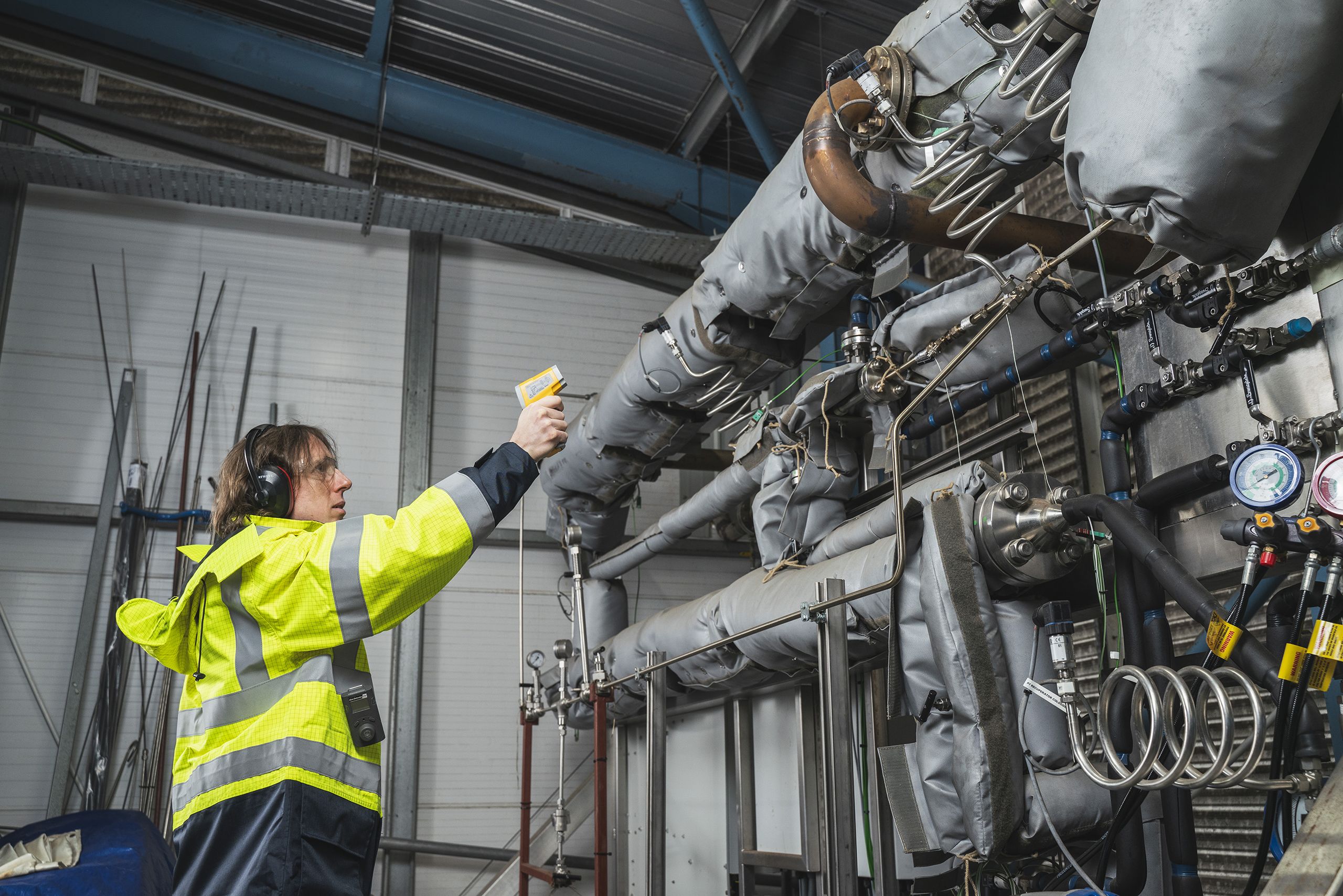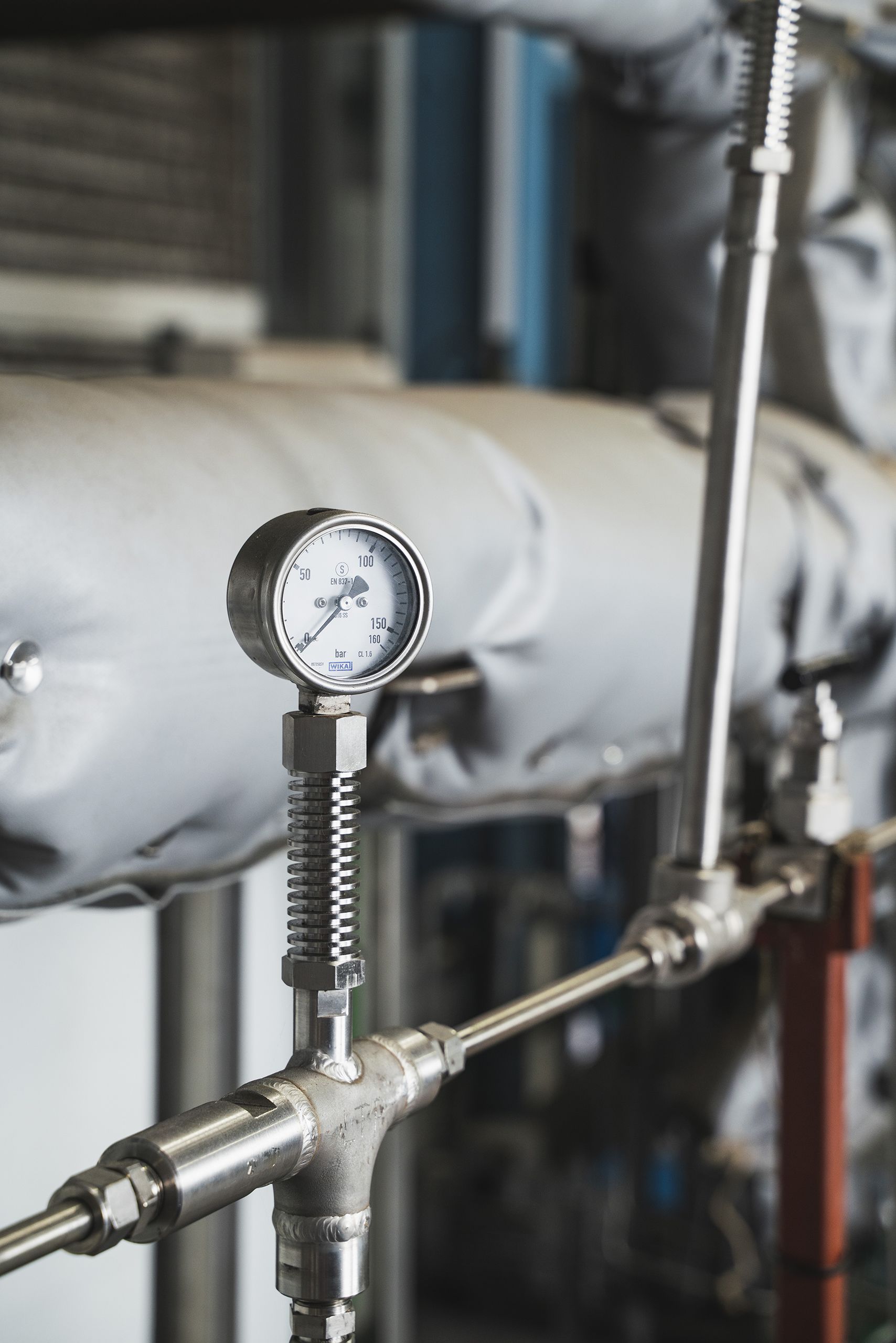Power generation and heat recovery from industrial waste heat within advanced CO2 thermodynamic power cycles (Power CO2)


The project brought together the design engineering work of Celsa and CR+, the industrial expertise of Glass Futures and Glass Technology Services, with academic research from the University of South Wales, to expand upon previous work in heat capture from furnaces. This time, work incorporated low-grade heat more efficiently in a more circular production initiative. Starting in a lab environment under industrial specifications, the project then aimed to assess the capabilities of the new system for gas transfer, before considering how to progress to prototypes in industry itself.
Looking at the results achieved, Bailey added: “The project made good progress testing the concept, with the lab-based efforts providing valuable data for better understanding how the compressor and ejector concept worked for the transfer of heat gases. The project has also fostered a number of new relationships and collaboration opportunities with different stakeholders, as well as how the process of learning and developing the tools can be made more efficient in future between academia and industry. This includes the new skills, training, processes and environmental criteria that are needed for waste heat innovations to be more successful.”
As a result of these findings, further funding will be sought by the project partners to help move this project closer to the next stage of prototype activity, as well as how other similar project research avenues could be undertaken for connected heat transfer ideas.

